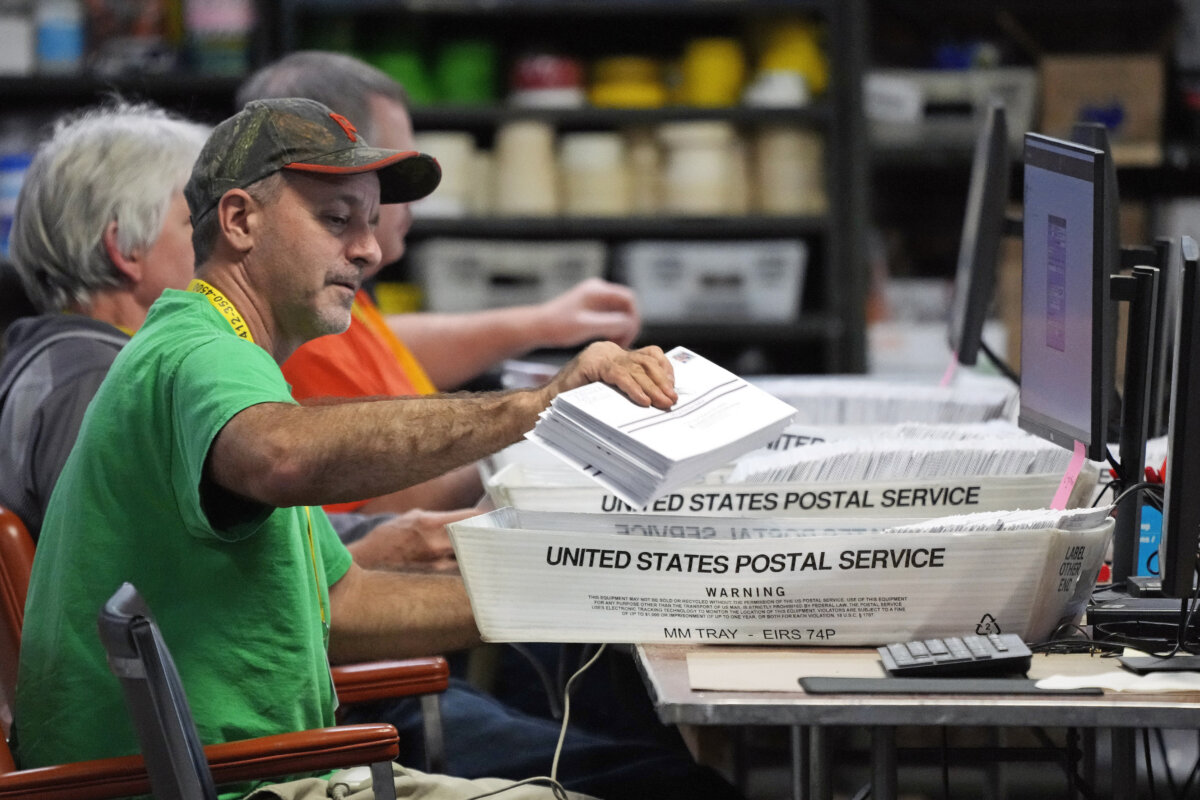By Philip O’Connor
PYEONGCHANG, South Korea (Reuters) – Behind the scenes of the cross-country events at the Pyeongchang Games, competition between the waxing technicians tasked with helping their skiers glide to gold has been even hotter and under tight secrecy.
The work done in the waxing cabin is crucial, to the point the Swedish techs who got it wrong in an earlier men’s relay race apologized to the athletes and the country after their mistakes.
“These are people who have been training their entire lives, and tenths of a second can make a difference,” Australia’s wax technician Paul Moore told Reuters, before revealing he had hidden everything that might give away his team’s waxing secrets before opening the cabin door.
“When their skis are going fast it’s really going to help them. It can make or break a race for them.”
Born in Canada, Moore never made it to the Olympics as a competitor but now, together with Randy Gibbs and Gus Kaeding, he waxes dozens of skis every day in their tiny cabin before venturing out to test them on the course.
“There are two different kinds of cross-country skiing – skating style, or freestyle as it’s also known, and classic style, and the two require different types of wax,” he said.
“For the classic style, where the skis are going parallel, that requires two types of wax – a glide wax that goes on the tip and the tail of the skis, and a grip wax in the middle so the skiers can push down and get traction and go forward.”
Freestyle skis only have glide wax, but there is a huge number of waxes on the market, not to mention an almost endless ways products can be combined.
“Some are powders, some come in a little block that you crayon on, some you would iron on, some are sprays. Our job as technicians is to test those products,” Moore said.
Between six and 10 layers of wax are applied to each ski and weather and snow conditions play a big part in deciding what waxes Moore chooses.
The wildly varying temperatures and man-made snow in Pyeongchang have also posed problems.
“It’s always a challenge when the temperatures change, you’re basically back to square one, but we’re prepared for and we’re ready for it,” he said.
As if the regular competition between wax technicians was not enough, Moore’s brother Patrick is working with the United States team in Pyeongchang.
“There is definitely a sense of competition,” Moore said of their sibling rivalry.
“We would not share information, but there’s maybe a bit of friendly chit-chat back and forth.”
The Australians may not be up to the pace of the Swedes or Norwegians who are winning most of the medals, but they are still here to compete and Moore is delighted with their performances so far, both on the course and in the cabin.
“The feeling of watching one of your athletes glide past another country as they go down a hill, or go charging up a hill with great grip, that’s an amazing feeling as a technician,” he said.
“It’s every bit as gratifying.”
(Editing by Greg Stutchbury)

















